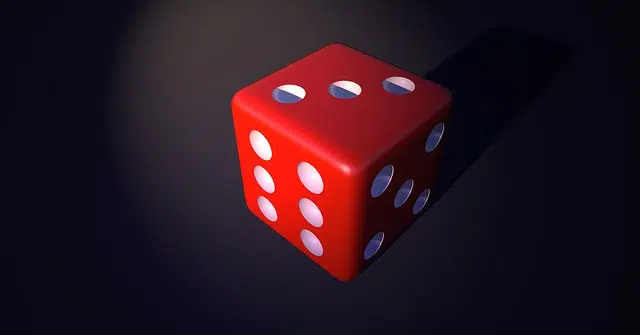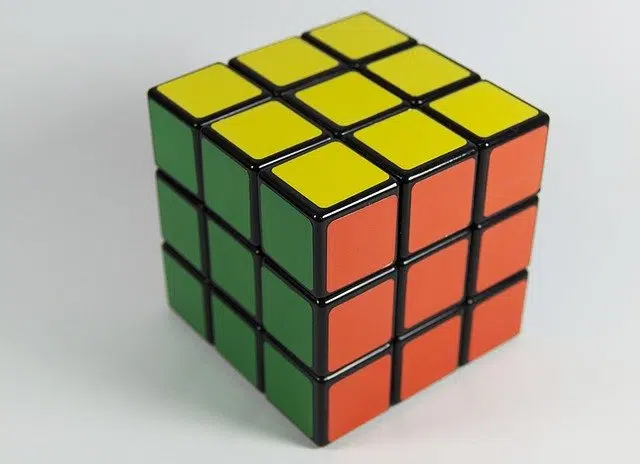
A dice is a cube-shaped object.
In geometry , a cube is a body made up of six faces that are square. The particularity of these bodies is that all the faces are congruent, they are arranged parallel and in pairs, and they have four sides.
Taking these characteristics into account, it is possible to place the cubes in various groups. These are Platonic solids , convex polyhedra , parallelepipeds , hexahedrons and prisms , all qualifications that refer to different properties of cubes.
For example: "In my geometry test, the teacher asked me to draw three cubes of different sizes" , "I bought a coffee table and two cube-shaped benches for the living room" , "The chef surprised the jury with a cube of white rice bathed in ginger and honey sauce .
Cube-shaped elements
It is possible to find numerous cube-shaped objects. Among the most common are the dice that are used in a large number of games . Dice are usually cubes that, on each of their faces, include a number . This way, when someone rolls a die, they can get six different numbers: 1, 2, 3, 4, 5, and 6.
Other cubes that we usually use in everyday life are bouillon cubes (or bouillon cubes ) and containers known as cubes or buckets : "Please pass me a cube of chicken, I want to flavor this soup," "I'm going to fill the bucket." bucket with soapy water to clean the patio .

The Rubik's cube is a very popular puzzle.
The concept in mathematics
For mathematics , the third power of a number is known as the cube. This means that cubing a quantity consists of multiplying it three times by itself: 5 cubed is equal to 5 x 5 x 5 (125).
This falls within the concept of potentiation or power , an operation that requires two terms: a base and an exponent. The exponent number is usually read as if it were a feminine term, so that the base is said to be raised " to the four," for example, instead of " to the four."
The exponent three is special, in that it belongs to a very small group along with two , because they are the only ones that receive a different name when reading their operations : raising two is called "squared", while which for three is said "cubed", as mentioned above.
The cube in computer generated graphics
In the field of computer generated graphics , the cube is the most representative figure, the source of all three-dimensional models. You could say that it is the equivalent of the pixel in the world of two dimensions, where it is considered the smallest unit. Of course, this is not entirely true for the cube, since it is made up of eight vertices and these are the elements that are impossible to reduce in the three-dimensional universe.
Nor should we forget about polygons , which in three-dimensional design can be understood as figures with at least three vertices and are also known as "faces." The cube is made up of six polygons with four vertices, or eight with three. The process by which images created in three dimensions reach the monitor is known as rasterization .
In short, we can say that in a program that allows us to create vector figures, there are no pixels but simply mathematical and physical operations with which it is possible to position all the vertices and relate them to give rise to the faces, in addition to illuminating and calculate the direction in which they are looking, among many other things. Within the three-dimensional universe, the characteristics of the monitor do not matter, which affect what the user sees once the scene is converted to pixels; The higher the resolution, the clearer the scene will be seen, but internally it will always be the same.
